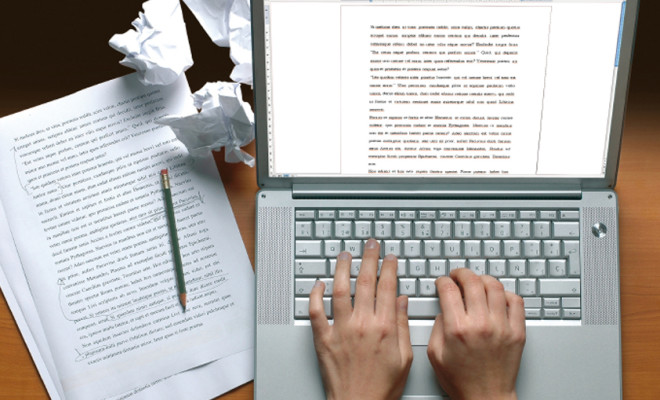Each student work is a unique project. Students express their thoughts, try to analyze the publications of scientists, and draw their conclusions. Consequently, young people learn to express their thoughts correctly. What is the fastest and effortless way to understand any written work? It is to read the introduction and the conclusion. Usually, this would be enough for the professor to form an opinion about the paper’s quality. The following article will focus on different types of conclusion paragraph examples. Learn more on wr1ter.com.
We will not waste time explaining what a conclusion is, hoping this is clear. Let us focus on types or options for endings. Several of them exist, and they depend on the topic, purpose, and content of the essay.
Conclusion Paragraph Examples
1. A quote: It is the easiest and the most common way to complete an essay, but not always the most effective. The professors are already a little bit tired of quotes from great people. Therefore, you should either try to come with a very suitable quotation or altogether refuse it.
What to keep in mind: the quote should be relevant to the topic, be of current interest, and not break the logic of the story. If you are writing an economics essay, you should not quote Bernard Shaw or Goethe.
2. A rhetorical question: Although a rhetorical question does not require an answer, it involves an invisible dialogue with the reader. After it, you present your perspective, and the reader can agree or disagree with it. And mentally argue.
Here are some cliche phrases to end an essay with a rhetorical question:
– How not to love art?
– Is happiness a choice?
– Isn’t life beautiful?
3. A summary of the author’s position: It is an excellent way to outline the main idea of the work. Make sure that the summary does not turn into a retelling. Be brief and generalize. The aim is to bring the readers to a new level of thinking on a given topic.
Use general words and expressions: therefore, summing up, summarizing the talk, etc.
4. An expression of hope: Literally: An optimistic ending is better than a negative one. Leave the reader with good feelings (this also applies to the professor). Do not be shy to write something like this: “I want to believe that …”
What to keep in mind: be sure to connect your hope with the previous text.
5. A call to action: It is the best and the most effective way to get the reader to take action. It is essential to convincingly and skillfully play on the emotions of the reader.
6. A loopback: Essay ring composition is quite common. It is easy to explain: you know exactly how to start and end the text. A question (or answer) related to the introduction will help you complete the work.
7. An open finale: It is one of the fascinating ways to complete an essay. At the same time, it is the most risky one. Using it, you must be sure that the paper’s main body is almost perfect and will not raise any doubts or questions from the professor. If you succeeded, you could safely leave the reader with the conclusion invented by him or her.
